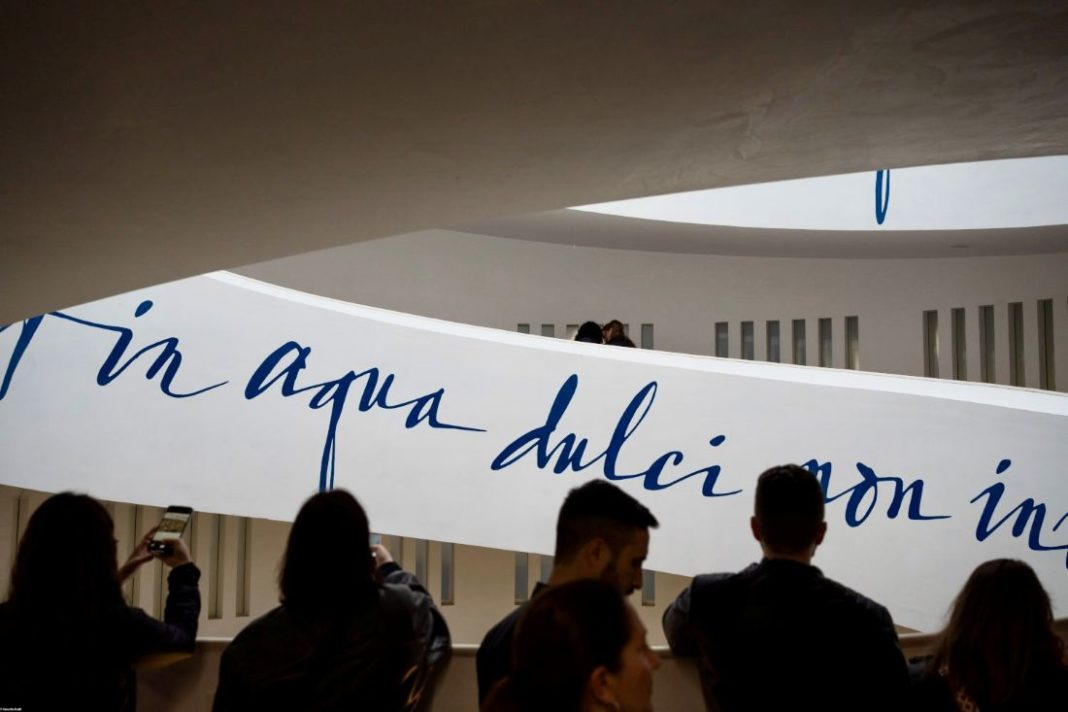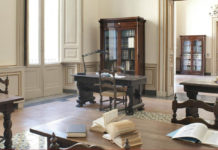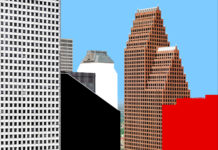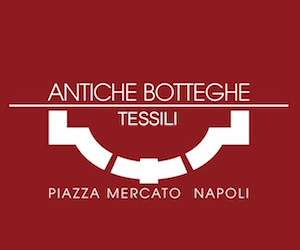Anche l’architettura ha un pensiero recondito che la sostanzia: l’intento di creare un paradiso. Se non avessimo questa aspirazione, tutte le nostre case sarebbero più povere, più banali e la vita sarebbe, beh… sarebbe quella, ancora, vita? Dietro ogni sforzo architettonico, degno di esserne simbolo, c’è la volontà di dimostrare che si vuole costruire per l’uomo il paradiso in terra. Forse proprio in questo pensiero del celebre architetto e designer finlandese, Alvar Aalto, si cela il segreto del successo di “Open House”.
La rassegna torna a Napoli dal 3 al 5 ottobre: un appuntamento molto atteso per andare alla scoperta del patrimonio architettonico partenopeo, in compagnia di 400 volontari (architetti, docenti, studenti, artisti, progettisti e semplici appassionati). Per annusare, dunque, l’aria di angoli paradisiaci, sul pianeta Terra.
Con più di 150 appuntamenti, il festival dell’architettura apre gratuitamente le porte della città consentendo, così, l’accesso a luoghi spesso non accessibili. Visite e percorsi guidati tra edifici moderni e palazzi storici, studi professionali, case private, cantieri, ma anche talk, mostre ed eventi per un’immersione in una città caleidoscopica, tra classico, moderno e contemporaneo.
Il vasto programma accosta luoghi iconici e nuove scoperte, con più di 40 esperienze inedite: tra le novità del 2025, una sezione di programma dedicata, a 120 anni dalla nascita, a Luigi Cosenza (1905-1984), il progettista, urbanista, docente e uomo politico che, da Napoli e dal Sud, ha attraversato il Novecento con opere annoverate tra i più alti esempi della scuola di architettura italiana, che definiscono ancora oggi l’identità della città. Ci sarà anche una mostra per celebrarlo.
Inoltre, sono diverse le residenze che aprono le porte per la prima volta. A Villa Ascarelli, per esempio, gioiello liberty di via Palizzi di Adolfo Avena il piano nobile viene reinterpretato in chiave contemporanea senza tradire le preesistenze storiche, mentre la casa giardino al Calascione, affacciata sul mare da Monte di Dio, propone interni sinuosi costruiti attorno alla linea curva, simbolo di un’abitazione dinamica e immersa nel paesaggio.
In oltre 2500 anni di storia Napoli è stata attraversata da trasformazioni che hanno riscritto quartieri, aree e singole architetture. E il festival ne fa ripercorrere le tracce con itinerari capaci di raccontare il passato e il futuro della metropoli come Il ventre di Napoli che rievoca il Risanamento tardo ottocentesco, con la cancellazione dello scandalo dei fondaci raccontati da Matilde Serao.
Novecentesca invece, negli anni del Fascismo, è la sostituzione di parte del centro antico con il Rione Carità, il primo Centro direzionale, come racconta uno dei percorsi in programma. Ci sono, poi, nuove visite al Palazzo dell’Avvocatura di Stato di Marcello Canino, che reinterpreta la monumentalità fascista in una chiava personale ed eterodossa e alla del Mutilato di Camillo Guerra, testimonianza unica per l’eccezionale conservazione del repertorio decorativo e iconografico dell’epoca.
Tra le novità del patrimonio religioso spicca l’Arciconfraternita dei bianchi dello Spirito Santo, tra le più antiche istituzioni confraternali della città, che custodisce una straordinaria Terra Santa ipogea impreziosita da un pavimento maiolicato.
Sarà la prima volta pure per Villaggio OHN Kids, spazio creativo interamente dedicato a bambini e bambine che qui potranno avvicinarsi al mondo dell’architettura attraverso laboratori pratici, incontri di lettura, attività interattive e percorsi di sperimentazione. Un’iniziativa che apre una nuova dimensione del Festival, rivolgendosi anche ai cittadini del futuro.
E non mancheranno incursioni nelle nuove stazioni d’arte della metropolitana: Chiaia – Monte Di Dio, San Pasquale e Arco Mirelli, con una tappa all’ascensore di Monte Echia.
Parte del network mondiale Open House Worldwide, il festival napoletano è una iniziativa non-profit dell’associazione culturale Open’ness, che riunisce architetti, comunicatori, esperti di sviluppo sostenibile, operatori culturali e creativi che mettono insieme le loro esperienze e competenze per costituire sul territorio urbano uno spazio aggregante, attivo tutto l’anno, di conoscenza, dialogo, progettualità.
Per saperne di più
Learn more
Open House Napoli
Le prenotazioni si aprono lunedì 29 settembre
Bookings open on the website on Monday on the 29th of September
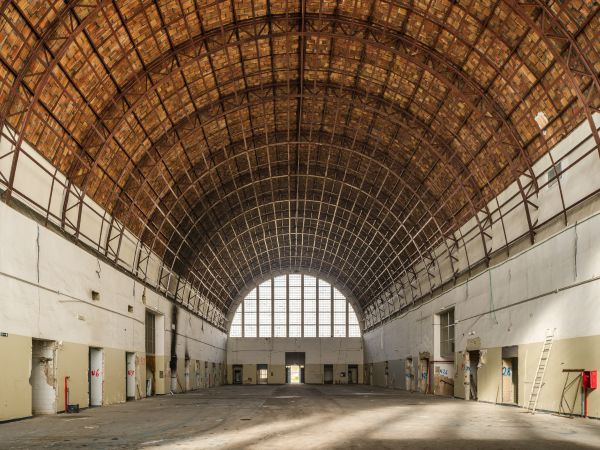
Open House Naples/ The city unveils its architectural treasures: there is also a space for children. A tribute to urban planner Luigi Cosenza
Architecture also has a hidden thought that substantiates it: the intention to create paradise. If we did not have this aspiration, all our homes would be poorer, more ordinary, and life would be, well… would it still be life? Behind every architectural effort worthy of being a symbol of it there is the desire to demonstrate that we want to build paradise on earth for mankind. Perhaps it is precisely in this thought by the famous Finnish architect and designer Alvar Aalto that lies the secret of the success of “Open House”.
The festival returns to Naples from the 3rd to the 5th of October: a highly anticipated event to discover the architectural heritage of Naples, in the company of 400 volunteers (architects, teachers, students, artists, designers and enthusiasts). To breathe in the air of paradisiacal corners on planet Earth.
With more than 150 events, the Architecture Festival opens the city’s doors free of charge, allowing access to places that are often inaccessible. Guided tours and itineraries through modern buildings and historic palaces, professional studios, private homes and construction sites, as well as talks, exhibitions and events for an immersion in a kaleidoscopic city, between classic, modern and contemporary.
The extensive programme combines iconic locations and new discoveries, with more than 40 brand new experiences: among the new features for 2025 there is a section of the programme dedicated to Luigi Cosenza (1905-1984), 120 years after his birth. Cosenza was a designer, urban planner, teacher and politician who, from Naples and the South, lived through the 20th century with works that are considered among the finest examples of Italian architecture and still define the city’s identity today. There will also be an exhibition to celebrate him.
In addition, several residences are opening their doors for the first time. At Villa Ascarelli, for example, Adolfo Avena’s Art Nouveau gem in Via Palizzi, the main floor has been reinterpreted in a contemporary key without betraying its historical origins, while the garden house at Calascione, overlooking the sea from Monte di Dio, features sinuous interiors built around curved lines, symbol of it dynamic dwelling immersed in the landscape.
In over 2,500 years of history, Naples has undergone transformations that have redrafted neighbourhoods, areas and individual buildings. The festival retraces these changes with itineraries that recount the past and future of the metropolis, such as Il ventre di Napoli (The Belly of Naples), which evokes the late 19th-century redevelopment that erased the scandal of the fondaci described by Matilde Serao.
In the 20th century, during the Fascist era, part of the old town centre was replaced by the Rione Carità, the first business district, as recounted in one of the itineraries on the programme. There are also new visits to Marcello Canino’s Palazzo dell’Avvocatura di Stato, which reinterprets Fascist monumentality in a personal and unorthodox way, and to Camillo Guerra’s Casa del Mutilato, a unique testimony to the exceptional preservation of the decorative and iconographic repertoire of the period.
Among the new additions to the religious assets is the Arciconfraternita dei Bianchi dello Spirito Santo, one of the oldest confraternities in the city, which houses an extraordinary underground Holy Land embellished with a majolica floor.
It will also be the first time for Villaggio OHN Kids, a creative space entirely dedicated to children, where they can learn about the world of architecture through practical workshops, reading sessions, interactive activities and experimental courses. This initiative opens up a new dimension to the Festival, also targeting the citizens of the future.
There will also be visits to the new art stations in the underground: Chiaia – Monte Di Dio, San Pasquale and Arco Mirelli, with a stop at the Monte Echia lift.
Part of the Open House Worldwide network, the Neapolitan festival is a non-profit initiative of the Open’ness cultural association, which brings together architects, communicators, sustainable development experts, cultural operators and creatives who pool their experience and skills to create a year-round space for knowledge, dialogue and planning in the urban area.


